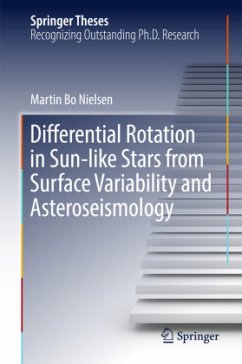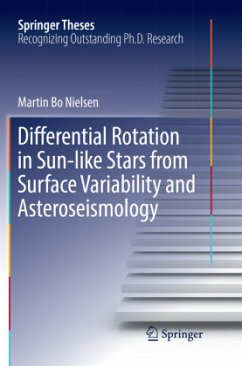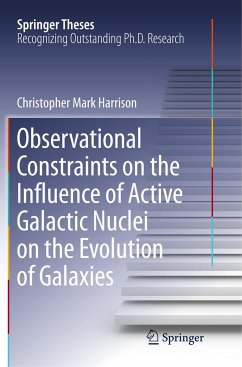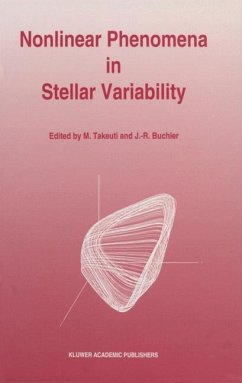
Fast Spectral Variability in the X-ray Emission of Accreting Black Holes
Versandkostenfrei!
Versandfertig in 6-10 Tagen
76,99 €
inkl. MwSt.

PAYBACK Punkte
38 °P sammeln!
This thesis brings together the various techniques of X-ray spectral analysis in order to examine the properties of black holes that vary in mass by several orders of magnitude. In all these systems it is widely accepted that the X-ray emission is produced by Compton up-scattering of lower energy seed photons in a hot corona or accretion flow, and here these processes are examined through a study of the X-ray spectral variability of each source. A new technique is introduced, in which models are fitted to over 2 million X-ray spectra on time-scales as short as 16 ms, and subsequently it is sho...
This thesis brings together the various techniques of X-ray spectral analysis in order to examine the properties of black holes that vary in mass by several orders of magnitude. In all these systems it is widely accepted that the X-ray emission is produced by Compton up-scattering of lower energy seed photons in a hot corona or accretion flow, and here these processes are examined through a study of the X-ray spectral variability of each source. A new technique is introduced, in which models are fitted to over 2 million X-ray spectra on time-scales as short as 16 ms, and subsequently it is shown that the nature of the correlation between intensity and spectral index is strongly dependent upon the spectral state of the black hole. Finally, the results of an extensive survey of nearby galactic nuclei using the Chandra X-ray telescope are presented in the form of images and spectra, and these results are used along with data from the literature to search for Compton-thick nuclei.












